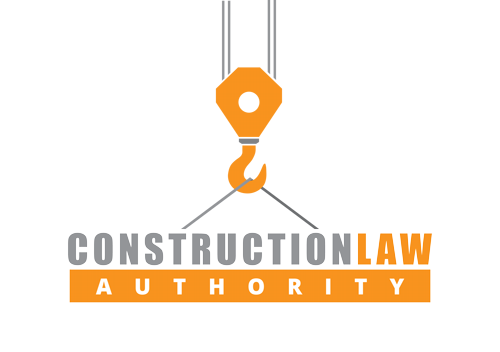 There are several types of contracts which are used in between owners and contractors. The primary ones are lump sum contracts, unit price contracts, time and materials, construction manager and design-build.
There are several types of contracts which are used in between owners and contractors. The primary ones are lump sum contracts, unit price contracts, time and materials, construction manager and design-build.
Lump Sum:
A lump sum contract is the most basic agreement between a contractor and owner. The contractor agrees to provide specified services for a specific price. The owner agrees to pay the price upon completion of the work or according to an agreed payment schedule. T lump sum includes the costs of labor and materials and the contractor’s overhead and profit. The benefits of a lump sum contract for the owner are primarily that the costs are known at the outset of the project and the contractor has the risk if additional materials or time is needed.
Unit Price:
In a unit price contract a fixed price is established for each unit of work. A common example for condominium associations is a unit price for cubic feet of concrete repair on a balcony renovation project. This is useful as the price is set for the that unit of work. Like a lump sum contract, the contractor is paid an agreed upon price, regardless of the actual cost to do the work. Unlike a lump sum contract the agreed upon price is usually for a small component of the work and not the entire project so the final cost may not be known at outset since the contract quantities at bid time are only estimates. Any contract for cost plus should require the contractor to keep careful records so as to be able to show quantities.
Time and Materials:
In a time and materials contract the contractor charges an hourly rate for labor, and there can be a certain percentage added to the materials and labor for profit. The perceived benefit for the owner is that they are not paying for any fluff that a contractor may build into the lump sum, and contractors are ensured that they will a fair profit. However, this contract shifts the price risks completely from the contractor to the owner. In the absence of checks and balances for the types of materials used and the actual time spent, including a guaranteed maximum price the owner could be giving the contractor a blank check.


 There are several types of contracts which are used in between owners and contractors. The primary ones are lump sum contracts, unit price contracts, time and materials, construction manager and design-build.
There are several types of contracts which are used in between owners and contractors. The primary ones are lump sum contracts, unit price contracts, time and materials, construction manager and design-build.